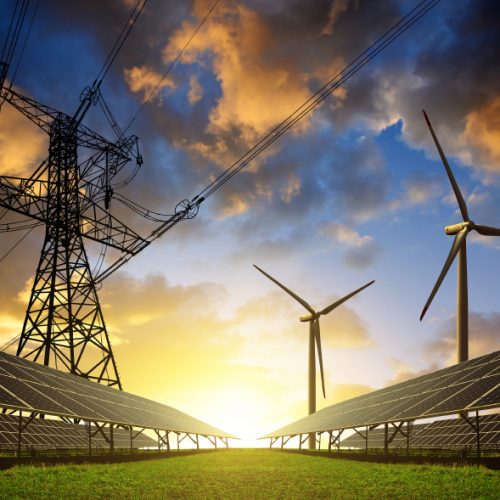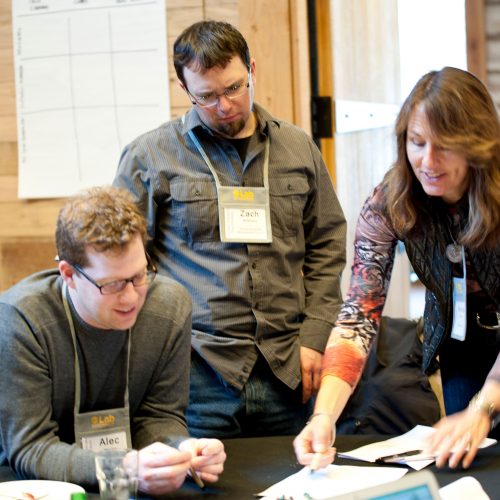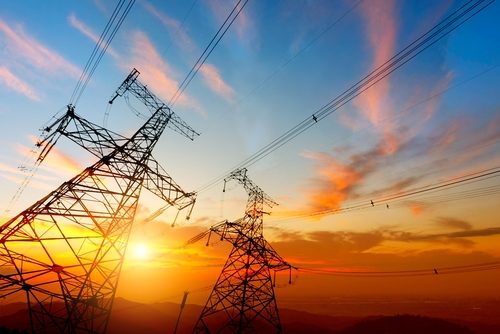
eLab Accelerator 2016
M&V 2.0

Project Objective
The group will instigate a coordinated industry approach to enable IDSM building efficiency markets through improved valuation of efficiency resources realized by real-time analytics of AMI utility data. Specifically, the group will identify data, methods, standards, and policies that support IDSM valuation to meet mid-term and long-term efficiency program objectives. Mid-term objectives for valuation support next-generation pay-for-performance utility programs. Long-term valuation objectives support IDSM efficiency capacity markets and the EPA Clean Power Plan. As part of this, the group will identify key considerations for utilizing metered-based savings to build credibility and meet the needs for these three different building efficiency market applications.

Project Team Members
Ellen Franconi, Energy Analytics Manager, Rocky Mountain Institute
Matt Gee, Senior Research Fellow, University of Chicago
Miriam Goldberg, Business Line Director, DNV GL
Jessica Granderson, Research Scientist, Lawrence Berkeley National Laboratory
Tim Guiterman, Director of EM&V Solutions, EnergySavvy
Michael Li, Senior Policy Advisor, U.S. Department of Energy
Brian Smith, Principal Analyst, Pacific Gas & Electric Company

Project Description
A new energy-efficiency related term gaining attention is M&V 2.0. It refers to emerging measurement and verification methods applied to building energy efficiency projects that leverage increasingly available interval meter data and large-scale data analysis to dynamically evaluate savings. New automated M&V approaches have the potential to reduce M&V costs, improve transparency, incorporate timely feedback loops, and increase confidence in savings. Such methods support next generation, DSM programs that provide monetary incentives linked to metered-based savings. In addition, program evaluators and implementers can utilize and expand upon the M&V methods to gain near real-time feedback on program performance and provide greater benefit to customers. The methods also provide the means for the dynamic, real-time valuation of efficiency resources, which when coupled with time-of-use rate structures, can drive increased investment and the efficiency capacity markets. The group will address key issues for leveraging M&V 2.0 to advance efficiency markets. Initially, the group will compare and contrast valuation considerations for mid-term and long-term efficiency market applications – including metered-based savings utility programs, IDSM efficiency capacity markets, and the EPA Clean Power Plan. For each, the group will discuss and outline data requirements and underlying methods that best support meeting program objectives. Enabling guidelines, standards, and policies will also be identified. The outcome of the effort will clarify similarities and differences in requirements and approaches for meeting building efficiency valuation needs. The group will identify shared data and methods that can be applied uniformly across the applications as warranted. Ideally, the discussion will foster greater understand and agreement among project team members (and associated stakeholders) regarding the valuation components that benefit from consistent versus customized treatment. Through follow on work informed by group members and championed by RMI, the group’s findings will be documented, peer reviewed, and shared with industry.

Progress Made to Date (pre-Accelerator)
Below is a list of blogs, white papers, and reports authored by members of the project team on the M&V 2.0 topic. M&V 2.0 and next generation utility programs http://blog.rmi.org/blog_2016_01_29_next_generation_utility_programs Assessment of automated M&V Methods http://eetd.lbl.gov/publications/assessment-of-automated-measurement-a The changing EM&V paradigm http://www.neep.org/sites/default/files/resources/NEEP-DNV%20GL%20EMV%202.0.pdf How savings measurement software complements evaluation http://blog.energysavvy.com/2015/06/05/emv-2-0-notes-from-the-field-2/ The uniform methods project for determining energy efficiency program savings http://energy.gov/eere/about-us/ump-home

Post-Accelerator Outcomes
The M&V 2.0 team came to Accelerator to identify key technical issues that would support the expansion of building energy efficiency opportunities through improved valuation methods using near real-time analytics. The team explored this topic in-depth. They developed a working definition for M&V 2.0, identified the value of timely, granular performance analysis to different stakeholders, constructed a near-term work plan, and collectively envisioned M&V 2.0 success. A key development in the collaboration was the creation of several M&V 2.0 “use cases”. The use cases clarified the methods and processes followed by different stakeholders to meet different efficiency valuation objectives. The exercise helped clarify the value of M&V 2.0 in different applications relative to current methods. It also helped to highlight needs and issues. As a result, the team’s future work plan includes explicit focus on addressing method and process needs, as well as promoting industry adoption and regulator acceptance. Specifically, the plan focuses on three core elements: (1) improving access and availability of building performance data, (2) vetting M&V 2.0 software tools, and (3) demonstrating the value add for M&V 2.0. Planned activities include the identification of enabling policies for data access, research to qualify M&V 2.0 tools, and implementing new pilot projects. As a first step, the team has committed to develop an industry white paper that explains the technical opportunity associated with utilizing M&V 2.0 and benefits to individual stakeholders.